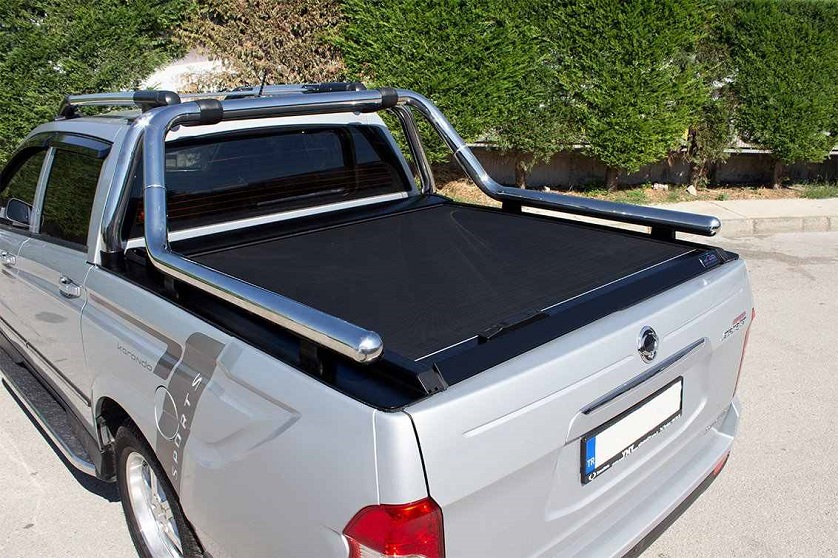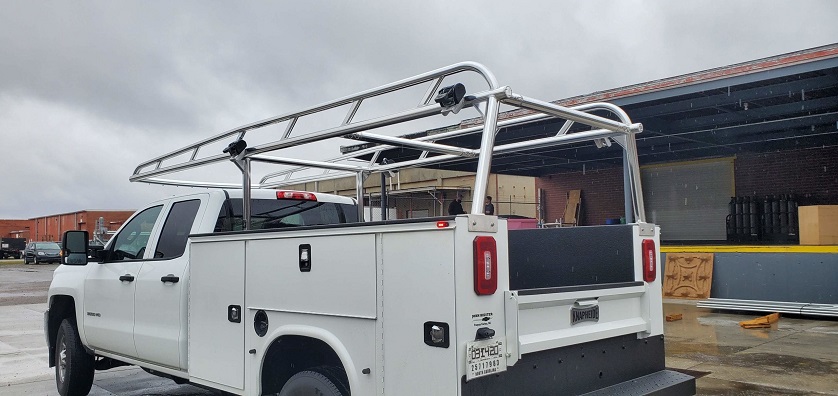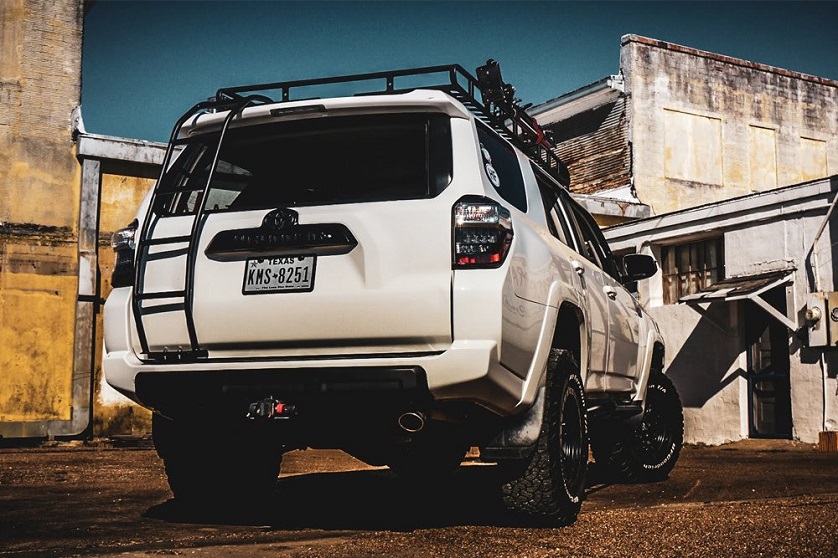It’s without a doubt that utes and 4WDs are some of the most versatile vehicles there are. With a drivetrain that can take you anywhere and space by the bucketload, especially in utes, they’re far from your everyday driver. Utes have the option of the huge tray out back, which makes them the perfect option If you’re a tradesman or a serious adventurer. They can be loaded with all the equipment and tools you use for work, and any sporting or camping gear you can throw at them.
Maximising space in your tray doesn’t need to cost the earth. Sure, you can outfit it with an expensive canopy or smaller toolbox, but there are cheaper options around. Take for example roll bars and utility racks. Both can be used to add function and form. 4×4 roll bars look particularly good that most utes sold new now have them as standard equipment. Utility racks, in the form of rear or full racks, are especially good for the bulkier loads that would otherwise eat into valuable space in the tray. Let’s take a closer look at each.
Sports Roll Bars

4×4 roll bars may be ridiculed by some of the off-roading purists out there, but they do serve a purpose. In the days of old, when chassis were brittle things and there wasn’t much in the way of stability or traction control, roll bars were what kept you from being crushed in case your 4WD rolled over. Accidents back then were common and these additions have saved lives. Fast forward a few decades, and a lot has changed. Chassis and shells are now integrated and safety standards much higher. Roofs are designed to take all the weight of an overturned vehicle. Roll bars now serve more an aesthetic function, or a hark to the days of old.
They do look good though. But besides the looks, there are ways to put 4×4 roll bars to better use. Firstly, they can be used in conjunction with baskets and trays, both in single and dual cabs. This takes the load off the roof and moves things further back. Larger items, like spare tyres, can be easily loaded at a height that doesn’t impede on the space below. But combined with a roof rack, they provide for a larger loading area, while keeping the tray free for anything else you need. Additional side protectors shield your load from prying eyes and locks secure everything in place.
Many manufacturers and aftermarket dealers also offer functional extras. LED lights and light arrays, some with a retracting function for a more snug, aerodynamic fit lighten unlit paths during the night and retract when not needed. In addition, protective arches can be fitted from the central tube to shield the back window from any items hurling towards the cabin if not tied down, or come loose in tough terrain.
Designs and materials in 4×4 roll bars vary. The central back tube is usually thicker than the side legs. These are the parts that extend down and are fitted to the hub rails or drilled into the hub lining. They can be optioned in different heights and used as a convenient rail to better access things in the tray. In terms of materials, sports roll bars are made of either stainless steel, as a more durable option, or as polyester bars. Steel variants can be coated in black protective powder for rust protection and better looks. They are also rated at carrying higher loads, up to 100 kilos in most cases. Polyester 4×4 roll bars, on the other hand, can handle up to 50 kilos, and often include a built-in third brake light. Both designs are intended to be used with tonneau covers, so no worries there.
Ladder and Utility Racks

Utility racks are also known as ladder racks since they’re used to carry long, bulky items that otherwise won’t fit in the tray. Sure, you can load ladders, canoes, kayaks or other things with some length into the tray as it is, but you lose space for anything else. Having a ladder rack not only frees up space for other goodies but is a safer option in carrying such things around, especially at speed. They won’t be unsettled in turns or bumps in the road.
Ladder racks can be single pieces, often secured at the end of the tray and combined with an installed roll bar. Or they can be full ladder racks with two pairs of extending arms at either end of the tray. They can be installed at any length along the tray, so you can make full use of the remaining space. Heights are also adjustable and include sliders secured by locks. Ladder racks are rated at carrying heavy loads, up to 400 kilos, so are a secure way to carry anything with more heft, or even serve as a base for rooftop tents. Combined with front H-racks, they are good for transporting extremely long loads, like timber planks. This combination is often sought out by tradies. Like roll bars, they’re made of durable stainless steel and can be optioned with powder coatings.
Installing and Buying Roll Bars and Ladder Racks

Most utes have rails that extend the length of the tray. These serve to position add-ons like roll bars with minimal fuss. Installation here is quick and won’t cause any modifications if you choose to remove the bar. Older utes may require drilling into the hub at the designated points, then bars are secured in place with bolts. Ladder racks may also require drilling into the tray bed. Most racks, however, clamp onto the bed rails, so here too things are quick, easy and safe.
You can go for original 4×4 roll bars from your dealership, or save some money and get them aftermarket. As for ladder racks, they’re best installed at your local 4WD store, in the configuration and finish you’re after.











